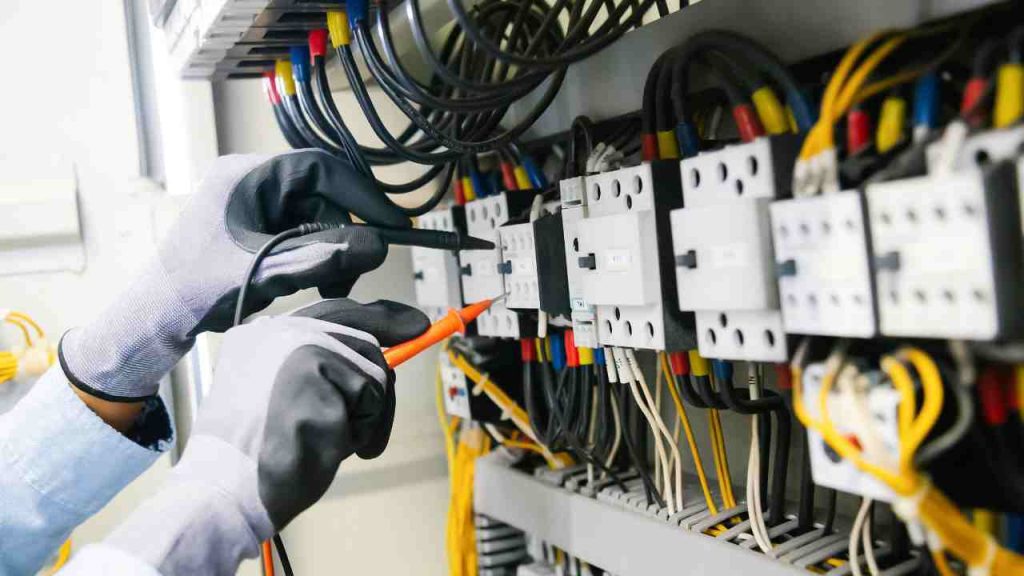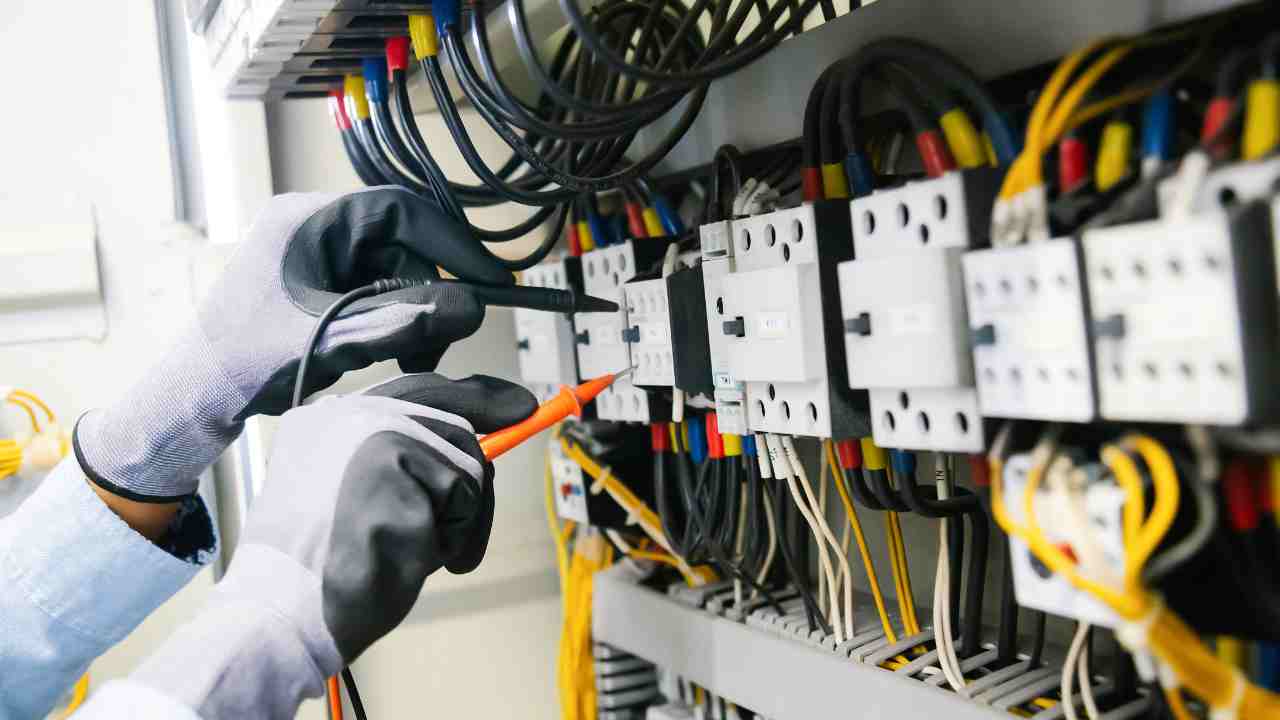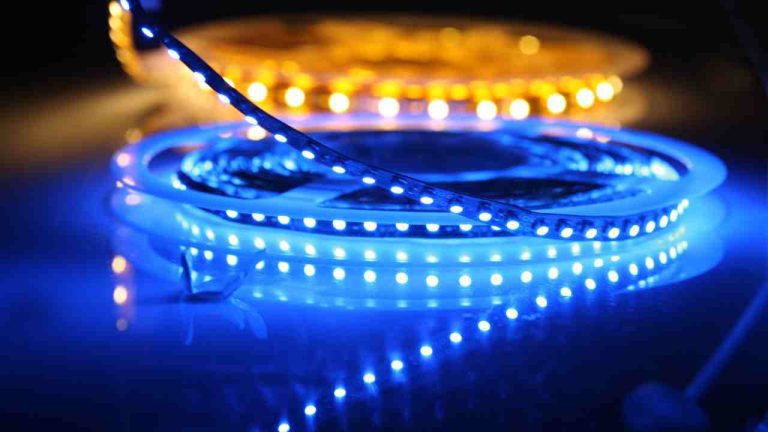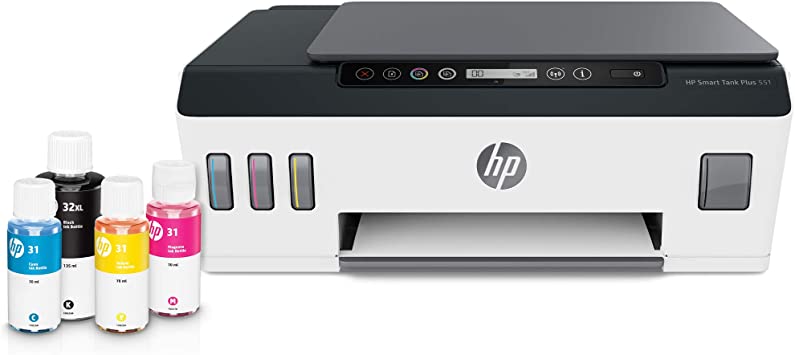
Running and managing a house is a tedious responsibility. There are many things to monitor and keep in check, but one crucial component to track is electricity consumption. People use electricity daily for household activities such as cooking, studying, recreation, cleaning, and health. All of these activities involve using a multitude of electrical appliances.
Living comfortably at home would be a challenge with electricity. At the same time, you cannot compromise managing your electricity usage. Lessening electricity usage at home does not just help reduce carbon emissions made and prolong the Earth’s sustainability; it also helps lower your utility bills and save on electricity.
Lowering your electricity consumption involves not just lessening unnecessary activities and eliminating appliances you do not need. It also entails looking for energy-efficient devices and renewable sources of energy.
Top 7 Appliances That Cost Too Much Electricity
To start your green journey, you first have to know some of the appliances you probably didn’t realize used too much electricity and their statistics. Here are seven of them.
- Heaters
Heaters are the most significant energy consumers at home. Although it is nice to keep yourself warm and toasty during cold weather, heaters are responsible for 31.3% of your home’s total energy consumption.
The first step is conducting an energy audit to reduce energy consumption. This will indicate where energy is getting lost. You can adjust specific home parts to enhance heating efficiency upon identifying the source.
One main factor that causes heat to escape is insulation issues. To eliminate this, you can install loose-fill insulation, while new home builders can use spray foam.
- Cooling appliances
Compared to using heaters, cooling a house requires significantly less energy. Cooling appliances are responsible for 10.7% of a home’s total energy consumption. Like heat can escape from your home, cool air can do the same.
Similar methods for minimizing heat wastage apply to cooling appliances, such as conducting an energy audit and installing insulation. Weatherstripping is also an excellent method to use, as this can help seal up gaps and cracks to prevent cool or hot air from entering.
Remember that new appliances can also reach energy consumption levels of over 98% efficiency, so consider updating them when possible.
- Furnace fans and boiler circulation pumps
Mechanisms needed to run devices that heat homes and water contribute to energy consumption, adding a 1.1% increase to your home’s overall energy usage.
One way to save on energy is to switch to a heat pump, one of the most energy-efficient options, but they are best suited for milder climates. For colder climates, use high-efficiency furnaces and boilers.
Several appliances comprise 26.2% of your home’s overall energy consumption. Appliances include heating elements, natural gas and propane-fueled lights, pool heaters, electric and electronic devices, outdoor grills, motors, and backup generators.
- Water heaters
Water heaters are the second largest user of energy. They account for 13.6% of a home’s total energy consumption. Because many consider water heaters a necessity for multiple uses, searching for energy-efficient options is the goal when looking to minimize your energy consumption.
One option to minimize energy consumption is to install a tankless water heater because it only heats water when needed. This is a better and energy-efficient alternative compared to continuously heating water throughout the day. Another option is to use solar water heaters, which can be pricey. It would be best to get in touch with experts who can help with costing.
- Refrigerator
Your refrigerator at home accounts for 4% of your total energy consumption. Newer appliances consume less energy, so switching to a smart fridge is advisable. As a bonus, smart fridges also alert owners if any problems occur. For refrigerators (and any other appliance), Energy-rated ones are ideal for reducing energy usage.
- Computers
Laptops, desktops, and other computing equipment account for 1.1% of home energy consumption. Shutting down your computers at night is recommended to minimize energy used up, especially if you will only use them for a short period of time.
- Lighting
Lighting uses a tremendous amount of electricity, especially if you leave the lights on for most of the day. Lighting is responsible for 9% of a typical home’s energy use. You can Reduce electricity consumption by switching off lights when not in use, using energy-efficient LED light bulbs, and using natural light.
Less Means More
Like any other finite resource, electricity will diminish once fossil fuels run out, which is why conserving electricity at home is crucial. With the statistics shown above, it’s high time everyone does their part to make the Earth breathe better. After all, we’re the ones who will suffer if we don’t act fast.
Minimizing activities, upgrading to energy-efficient appliances, and increasing your solar energy savings are reasonable steps to take. In the long run, less electricity consumption means more money saved and, most importantly, greater environmental sustainability.







